Raw dog food has become increasingly popular amongst dog owners in recent years. These days, you can find frozen or freeze-dried commercial raw dog food in almost every major pet store.
Proponents of raw dog food often point to the diet's higher protein and nutritional content and easier digestibility. Other advocates suggest we should take cues from dogs' ancestors, wolves. Created by Australian veterinarian Ian Billinghurst in 1933, the raw dog food diet—also called the species-appropriate diet, evolutionary diet, and natural diet—is based on Darwin’s theory of evolution. Because dogs descended from gray wolves more than 10,000 years ago, they have a natural desire to hunt and devour other animals. As unsavory as it may seem, wolves eat bones, meat, and organs. Billinghurst believes that is exactly what you should feed your dog.
What are the most common ingredients in raw dog food? Is a raw diet good for dogs? What are the pros and cons? Are there different types of raw dog food? Is raw food right for your dog? How do you safely handle raw dog food?
In this DJANGO Dog Blog article, we provide a comprehensive overview of raw dog food.
WHAT IS RAW DOG FOOD?
Raw dog food encompasses a range of ingredients, but it typically consists of raw animal protein (muscle meat and/or organ meats), raw eggs, fresh fruits and vegetables, and legumes. It can be homemade, store-bought freeze-dried, or store-bought frozen. We go into detail on these three types of raw dog food below.
Here is a full list of the most common ingredients found in raw dog food:
- Muscle meat (i.e., beef, chicken, turkey)
- Organ meats (i.e., heart, kidneys, or liver)
- Whole fish
- Fresh fruits and vegetables
- Whole or ground bones (i.e., poultry necks and wings)
- Raw eggs
- Dairy (i.e., cottage cheese and plain yogurt)
- Legumes, nuts, and seeds
- Grains (i.e., cornmeal, millet, and rolled oats)
- Alfalfa power and kelp
- Essential vitamin and mineral supplements
According to Dog Food Advisor, a canine ancestral raw diet typically consistent of 56% protein, 25-30% fat, and 14% carbohydrates. Compare this to modern dog dibble which is 46-74% carbohydrates, 18-32% protein, and 8-22% fat.
Types of Raw Dog Food
There are three different types of raw dog food: frozen, freeze-dried, and homemade.
- Frozen raw dog food. Most frozen raw dog food is mushy, smelly, and easy to portion. It is sold in large logs, blocks, or pre-portioned patties (e.g., Redbarn Naturals Dog Food Roll and Nature's Variety Instinct Frozen Raw Bites). Frozen raw dog food is quick and convenient but requires a lot of freezer space. It has a shelf life of 3-4 months.
- Freeze-dried raw dog food. Raw meat is freeze-dried to remove its water content. It can easily be scooped, rehydrated with water, and served. Because unopened freeze-dried dog food has a 25-30 year shelf-life, it has a hefty price tag. For example, a 12-ounce package of BIXBI Rawbble costs $27.38 ($2.27 per ounce or $18.16 per cup).
- Homemade raw dog food. The homemade raw dog food diet is made with five parts muscle meat (with the bone), one part organ meat, and one part cooked fruits or veggies. Keep in mind it can be very difficult to properly balance protein, fat, carbohydrates, vitamins, and minerals when making homemade dog food. Before embarking on a homemade meal plan, please first speak with your veterinarian or a board-certified veterinary nutritionist to see if this is an appropriate and healthy diet for your dog.
THE PROS AND CONS OF RAW DOG FOOD
The Benefits of Raw Dog Food
Few large-scale studies have been conducted on the raw dog food diet. As the American College of Veterinary Nutritionists (ACVN) states, proof for raw dog food "benefits is currently restricted to testimonials, and no published peer-reviewed studies exist to support claims made by raw diet advocates. No studies have examined differences in animals fed raw animal products to those fed any other type of diet (kibble, canned, or home cooked) with the exception of looking at the effects on digestibility."
With this in mind, the raw dog food diet as been linked to these benefits:
- A leaner, more muscular build
- Allergy relief
- Better behavior
- A higher energy level
- Cleaner teeth and fresher breath
- A softer and shinier dog coat
- Lower triglycerides in the bloodstream
- Healthier eyes and skin
- Smaller stools and less odor>
- A stronger immune system
- Better weight management
- Less inflammation and chronic disease
- Improved longevity
WHAT ARE THE CONS? IS RAW DOG FOOD SAFE?
Bacterian contamination
The Centers for Disease Control and Prevention and the U.S. Food and Drug Administration do not recommend feeding your dog raw meat. That is because it may be contaminated with parasites (i.e., Toxoplasma and tapeworms) and bacteria.
According to a 2019 study in the Journal of Small Animal Practice, 86% of raw dog food products have E. coli. Studies have also found that 62% of commercial raw dog food diets contain antibiotic-resistant Salmonella. In one study, 50% of dogs fed contaminated raw food had Salmonella in their poop for 7 days.
Salmonella and E. coli can cause your dog to have vomiting, watery/bloody diarrhea, stomach cramps, nausea, and a fever. Young children, elderly people, pregnant women, and immunocompromised individuals (e.g., chemotherapy, immune disease, etc.) are more likely to get infected if they handle raw dog food.
Nutritional Imbalance
Some homemade and commercial raw dog foods may not be nutritionally balanced. Household, reputable dog food companies like The Farmer's Dog work with veterinary nutritionists to ensure each dog food recipe is designed to meet the Association of American Feed Control Officials' (AAFCO) nutritional standards for dogs. When preparing raw dog food at home for your four-legged family, it may not be easy (or even possible) to ensure a proper nutritional balance across ingredients, vitamins, and minerals. A 2011 study found that 60% of raw dog food products had too much calcium but not enough vitamin A, zinc, iodine, or copper.
In a 2009 study, an 8-month-old Shetland Sheepdog was also diagnosed with rickets and an overactive parathyroid after being fed a raw meat-based diet. According to the American Veterinary Medical Association, calcium and phosphorus imbalances can also cause puppies to have bone deformities and growth problems.
Hypothyroidism
The raw dog food diet can cause canine hypothyroidism. Dogs that are fed poultry necks can absorb plasma thyroxine (the thyroid hormone) from the still-attached thyroid gland or other pieces of active thyroid tissue.
According to a 2012 study, 12 dogs on the raw food diet had overactive thyroid. Half showed clinical signs (e.g., weight loss, aggressiveness, restlessness, and panting) while 50% had no symptoms. After being switched to dry dog kibble or fresh dog food, 66% of the dogs had normal thyroid hormone levels and their symptoms disappeared.
Fractured teeth and gastrointestinal issues
Raw meaty bones can splinter and get stuck in your dog’s mouth, throat, or chest. They can damage the esophagus, stomach, small intestine, or colon. They may also chip or break his teeth.
"SHOULD I PUT MY DOG ON THE RAW FOOD DIET?"
As we outlined above, the evidence of raw dog food health benefits are largely limited to testimonials at this time. At this same time, there are many risks associated with a raw dog food diet including bacterial contamination and unbalanced nutrition, to name a few.
Before switching your dog to raw food, please consult your veterinarian. Your veterinarian knows your dog and his unique health condition best and is the most appropriate person to speak to before making dietary changes.
HOW TO HANDLE RAW DOG FOOD
If you decide to put your dog on a raw food diet, the following tips will help keep you, your loved ones, and your pets safe.
CLEAN YOUR HANDS AND SURFACES AFTER HANDLING RAW DOG FOOD.
- Wash your hands for at least 20 seconds with soap and cold or warm water after handling raw dog food.
- Run bowls, forks, and knives through the dishwasher at 145°F after each use, or wash them in soapy water as hot as you can stand it. Sanitize the microwave, countertop, and refrigerator with an industrial-strength cleaner or make your own using:
- Bleach and water (⅓ cup of unscented bleach per gallon of water)
- Vinegar and water (1 part vinegar to 1 part water)
- Rubbing alcohol and water (4 parts rubbing alcohol to 1 part water)
SAFELY HANDLE AND STORE RAW DOG FOOD.
- Keep raw dog food away from other food in your fridge or freezer. Keep it frozen at 0°F, and then thaw it in the refrigerator at 40 °F or below. You can also use the "weight defrost" option on your microwave.
- Do not defrost frozen raw dog food in the sink or on the counter.
- If your dog does not eat his whole portion, put it back in the refrigerator after 15 minutes. If he does not eat it at the second meal, throw it away.
- Raw dog food will stay fresh in the refrigerator for 3-4 days.
SAFELY PLAY WITH YOUR DOG AFTER HE EATS RAW DOG FOOD.
- Never let your dog lick your face or mouth after he has eaten raw dog food.
- Do not let your dog lick broken skin or open sores.
- If you play with your dog after he has eaten raw dog food, wash your hands and any other parts of your body that he has licked with hot, soapy water.
BEFORE YOU GO
If you want to share your experience with the raw dog food diet or want to recommend a raw dog food brand, please leave a comment below. We would love to hear from you!
Make sure to follow us and DJANGO Dog Blog on Instagram: @djangobrand.
Additional Resources
- DJANGO FRESH DOG FOOD REVIEW: THE FARMER'S DOG
- DJANGO FRESH DOG FOOD REVIEW: NOM NOM NOW
- THE BEST ORGANIC, ALL NATURAL, AND GRAIN-FREE DOG FOODS
- WHAT IS DOG KIBBLE AND HOW IS IT MADE?
- HOW TO CHOOSE THE BEST DOG FOOD

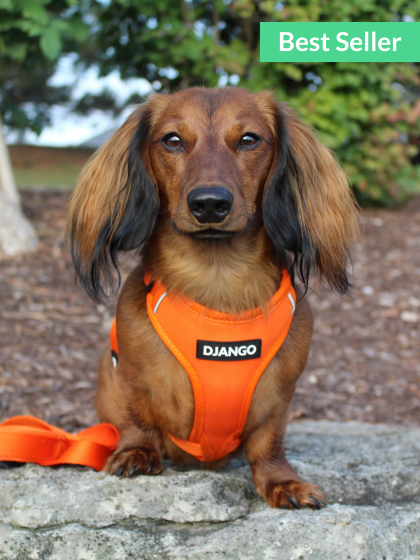




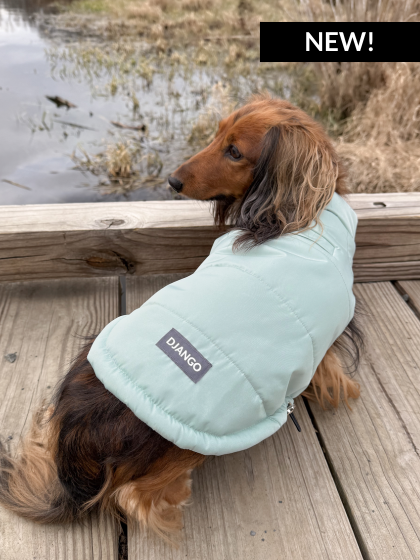
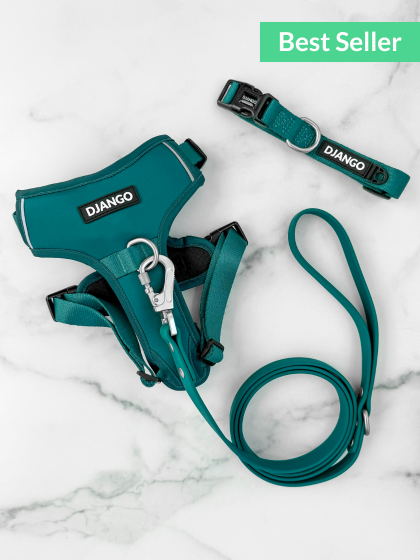


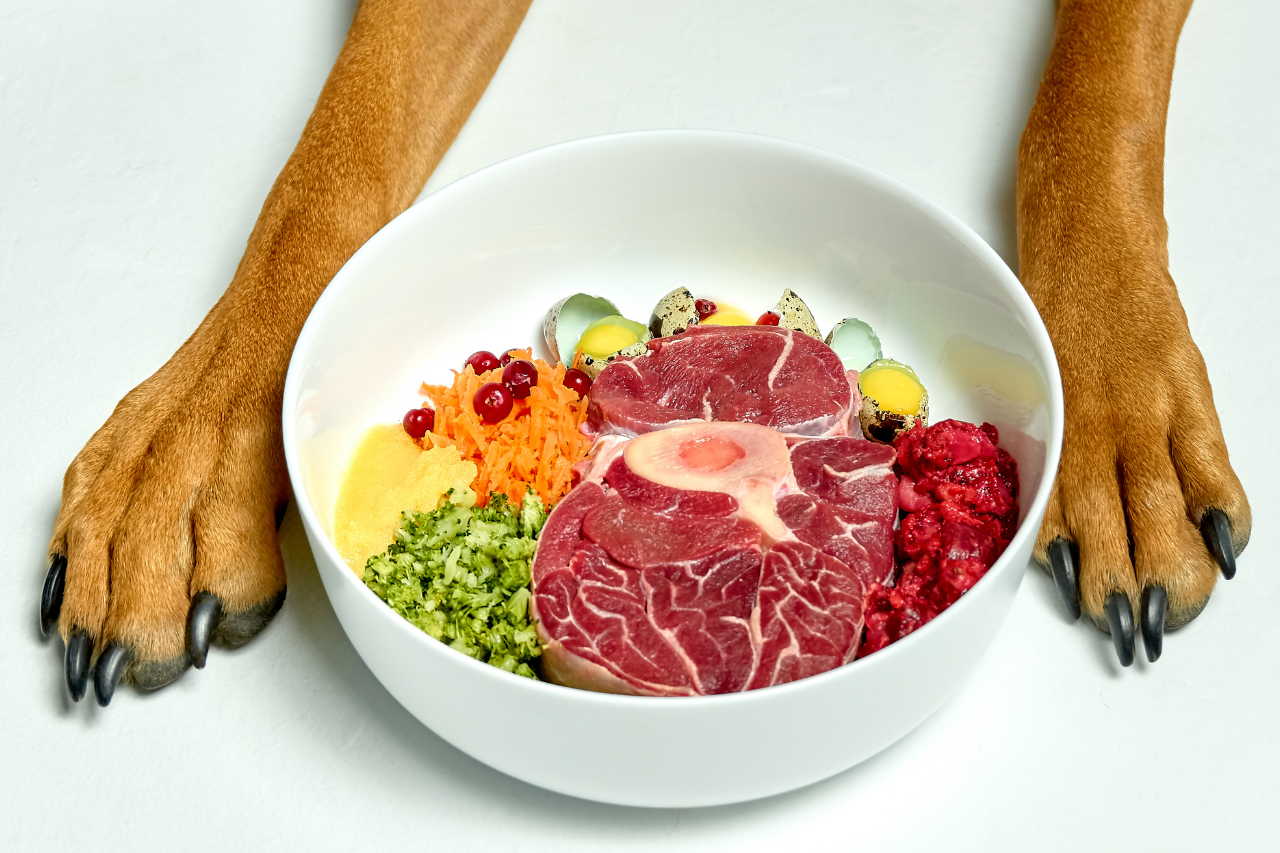
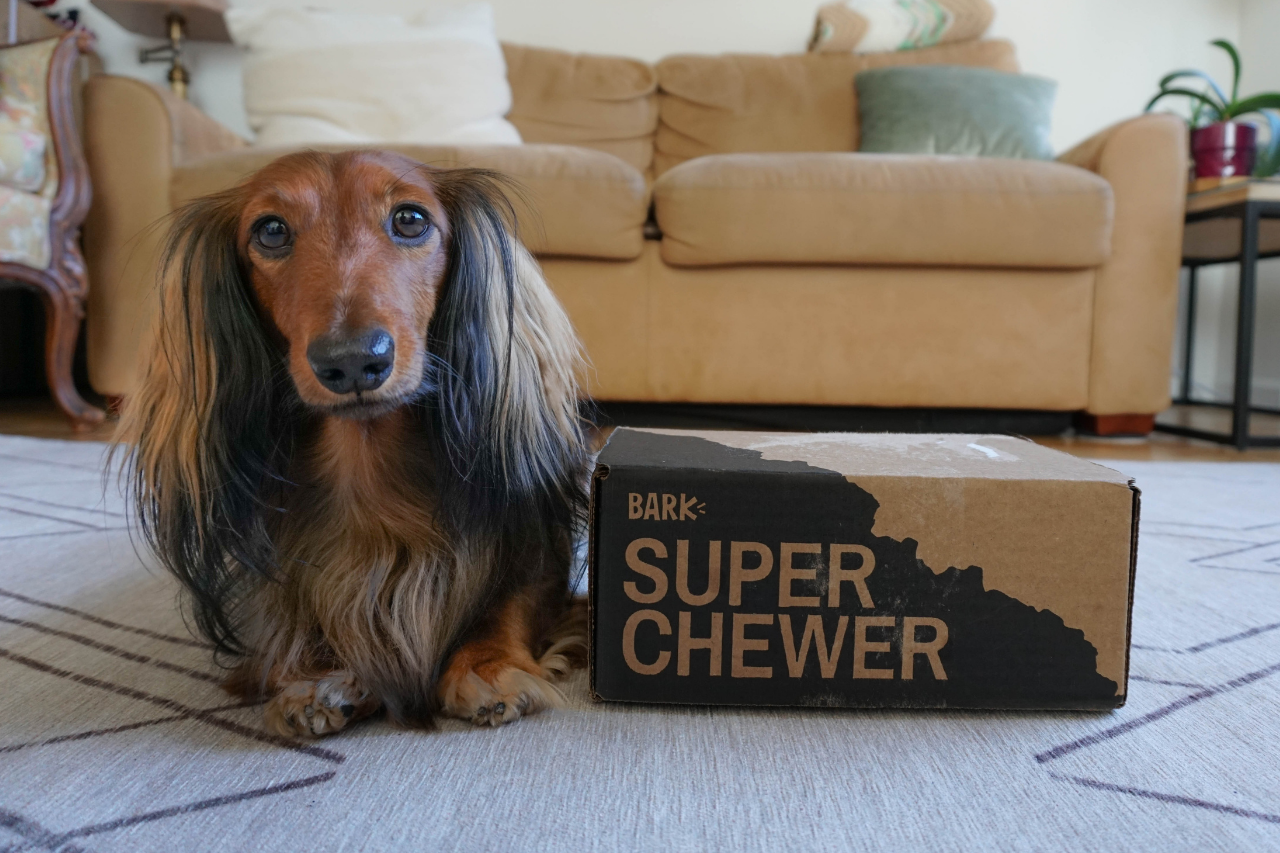
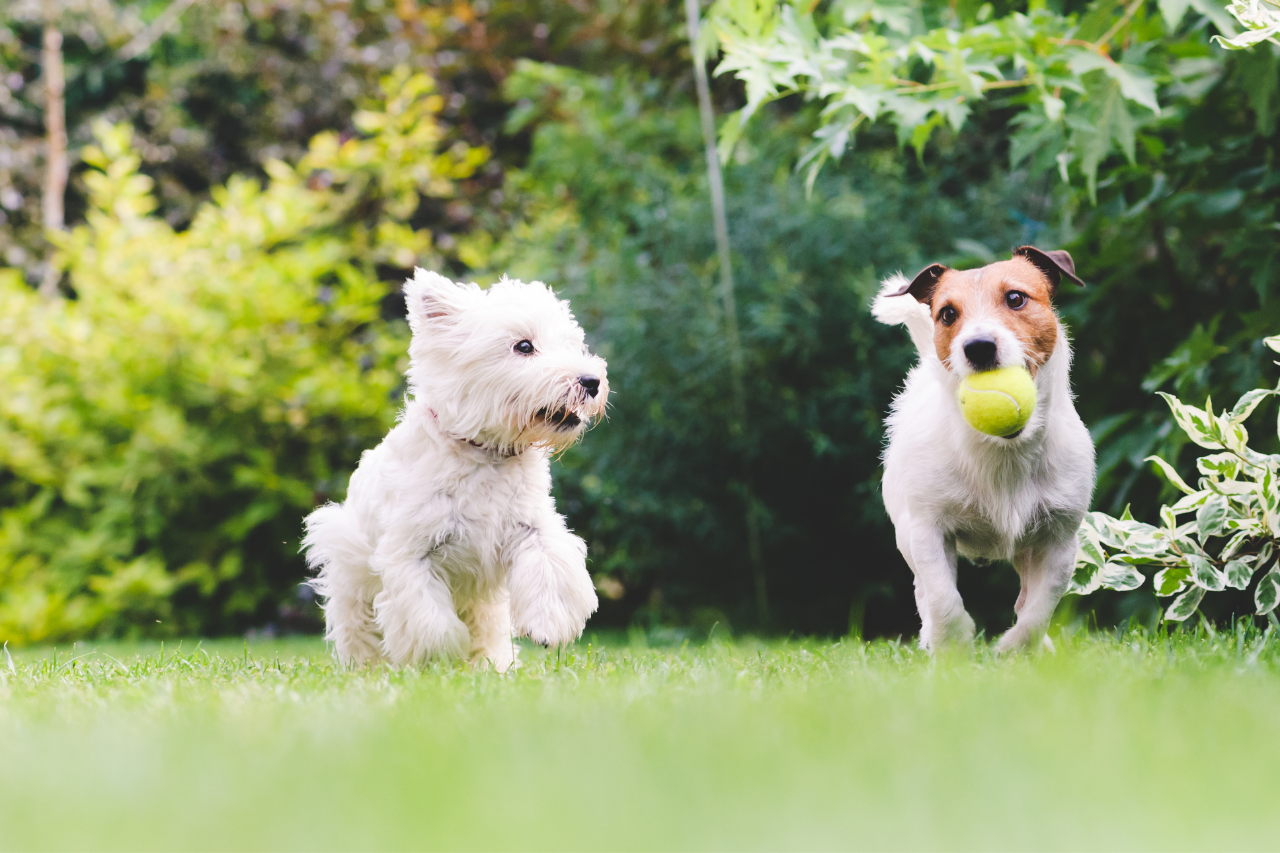
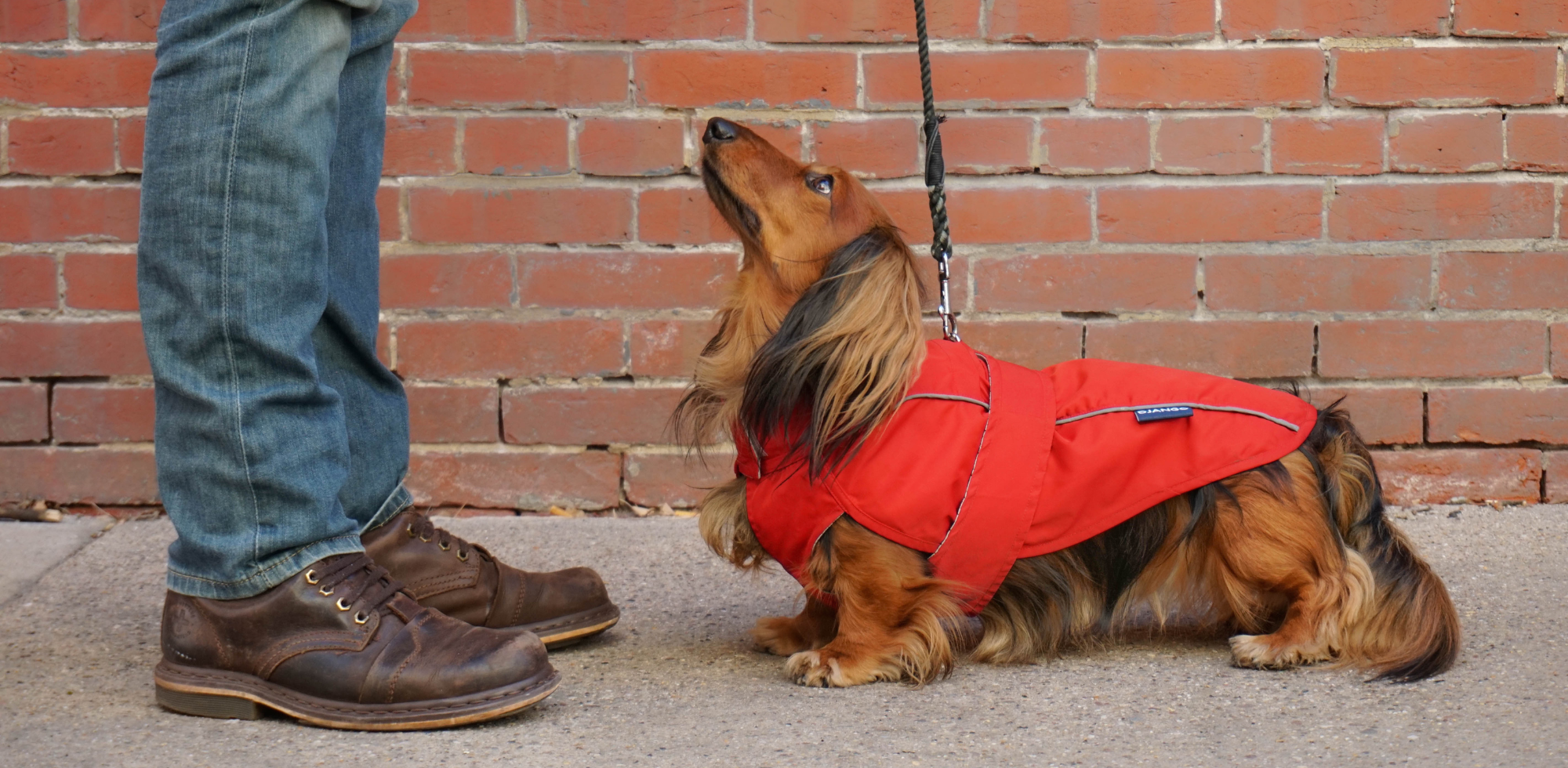
1 comment
Pet food
Thanks for your informative Blog this. Pet food for dogs and cats is designed to provide all the nutrients your pet needs for a long, healthy life. Find information about types of pet food and how to select the best one for your dog or cat. I am waiting for your net blog. Thank you advance.
Thanks for your informative Blog this. Pet food for dogs and cats is designed to provide all the nutrients your pet needs for a long, healthy life. Find information about types of pet food and how to select the best one for your dog or cat. I am waiting for your net blog. Thank you advance.